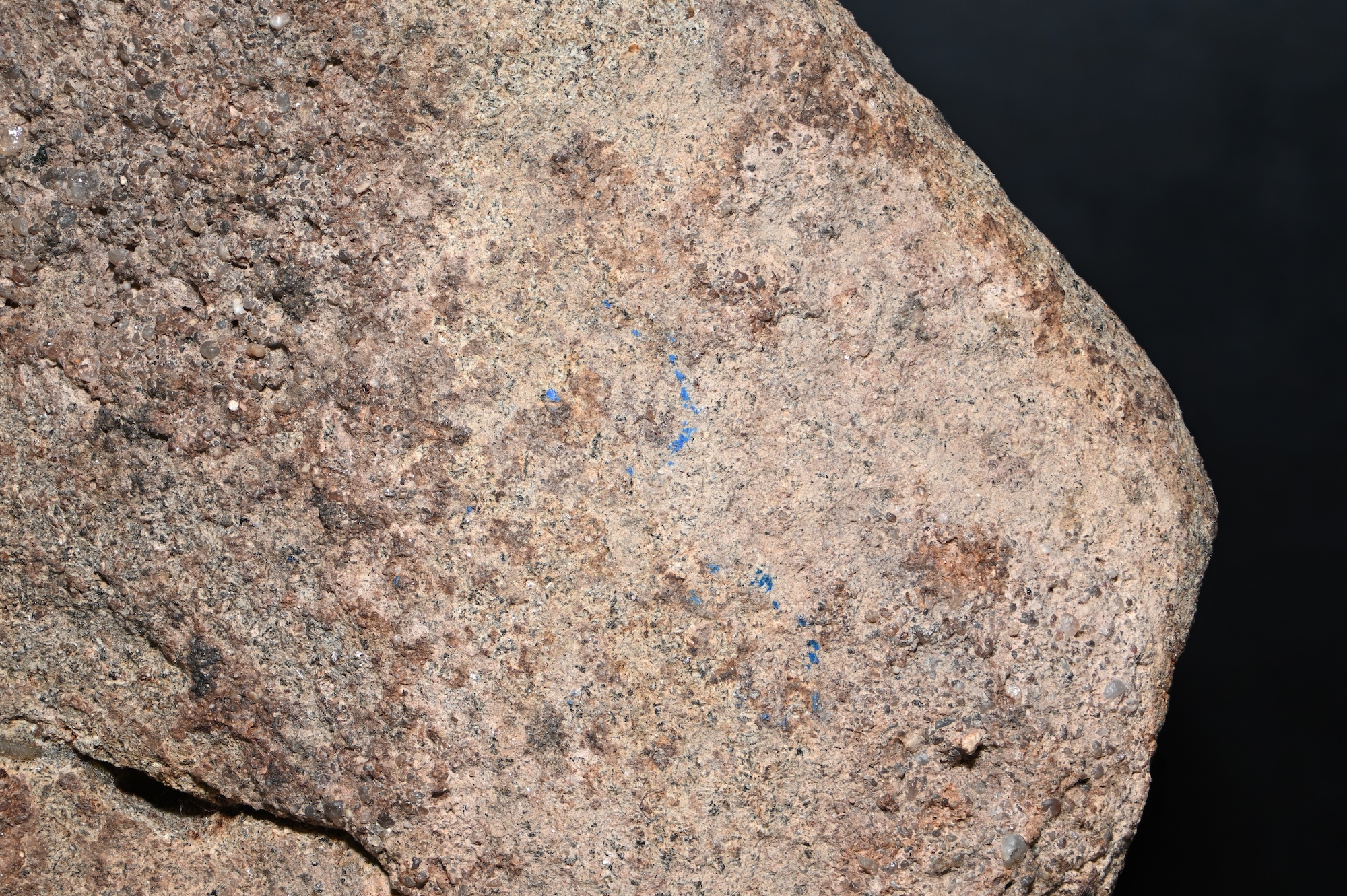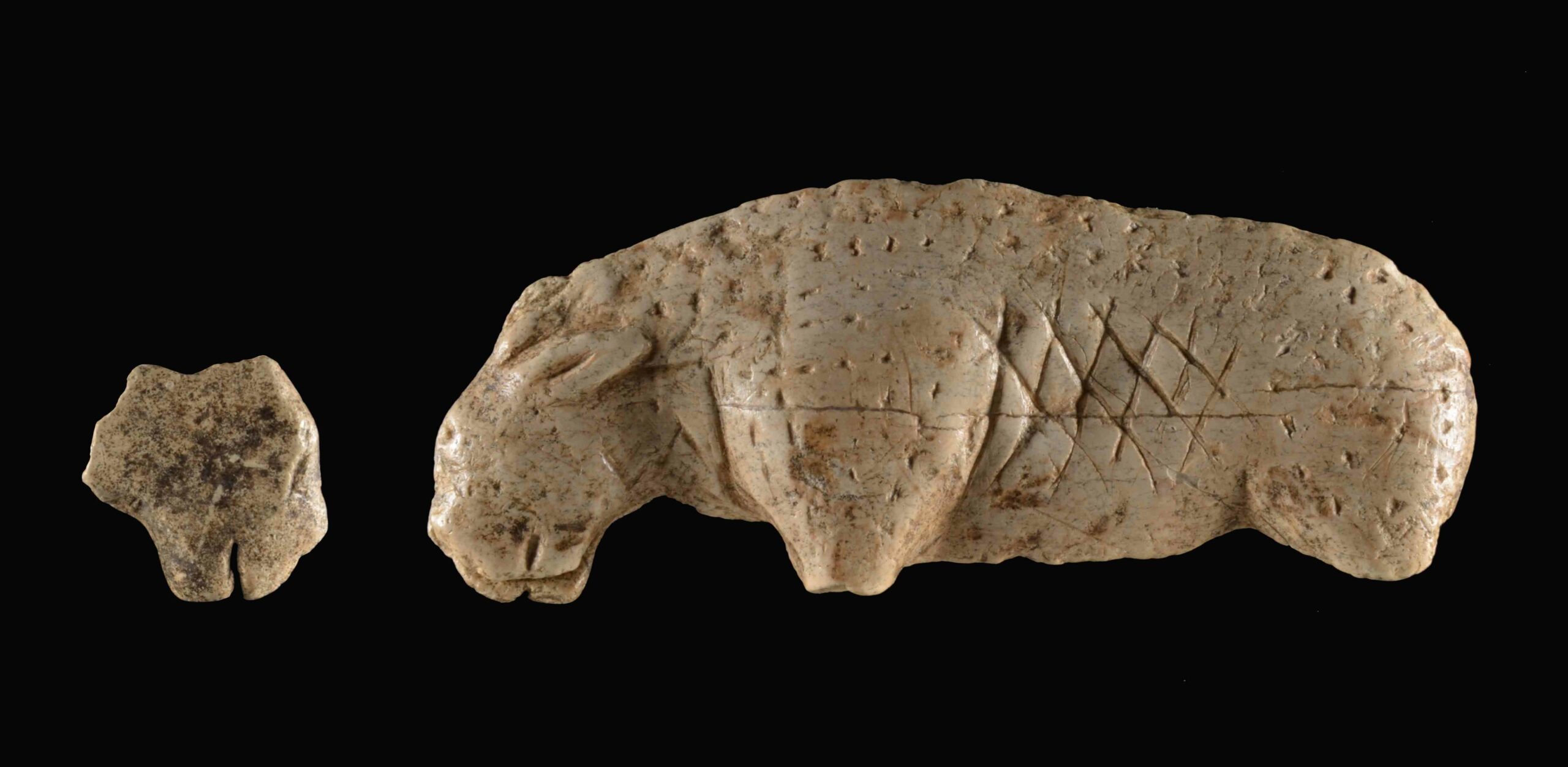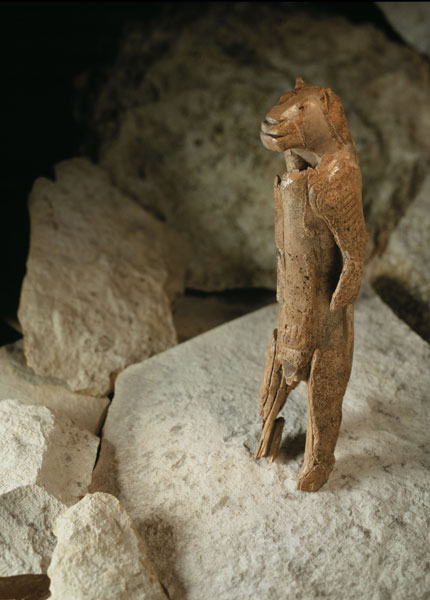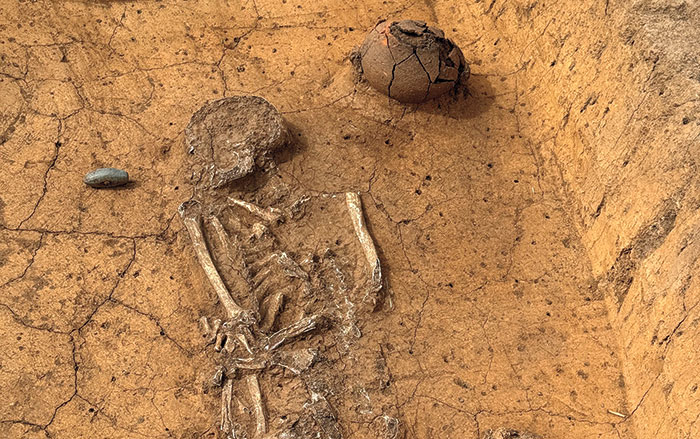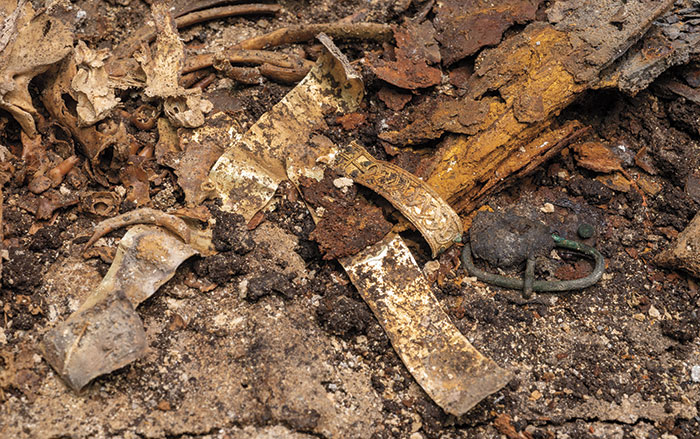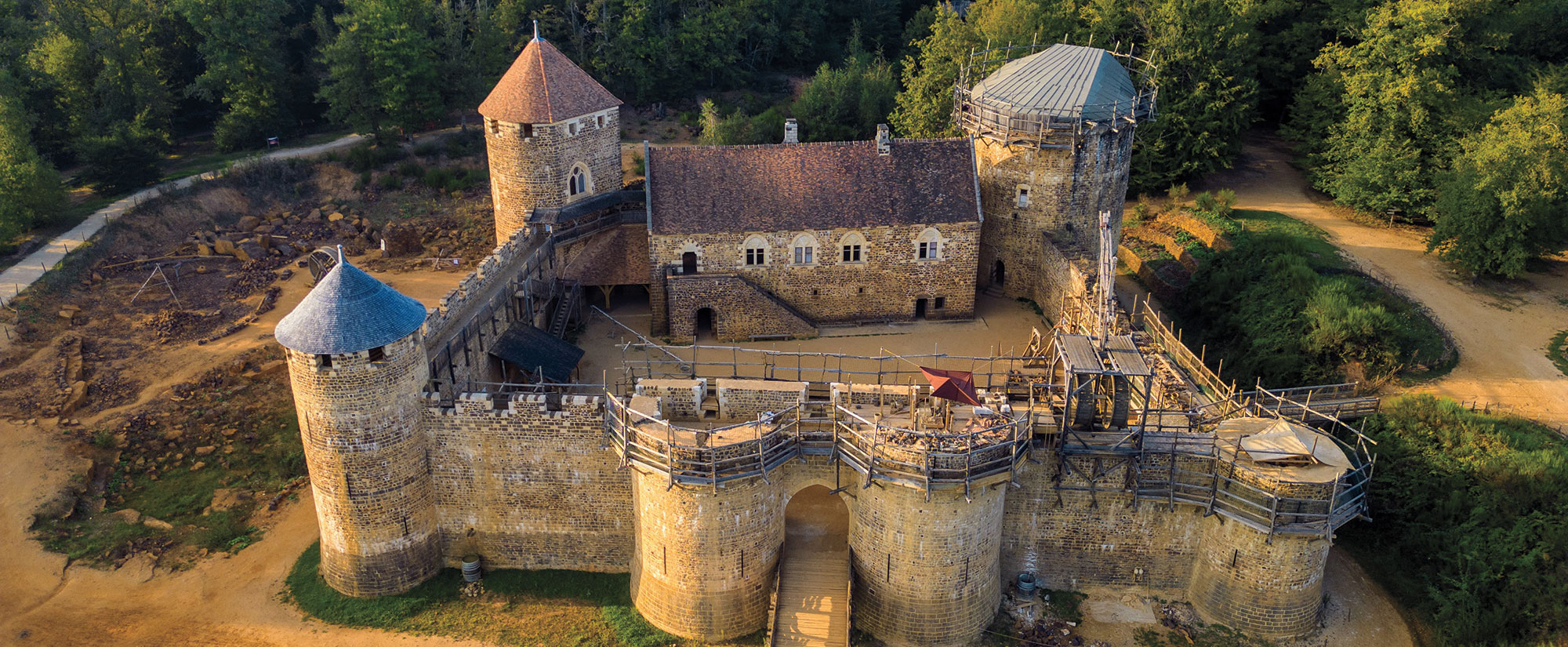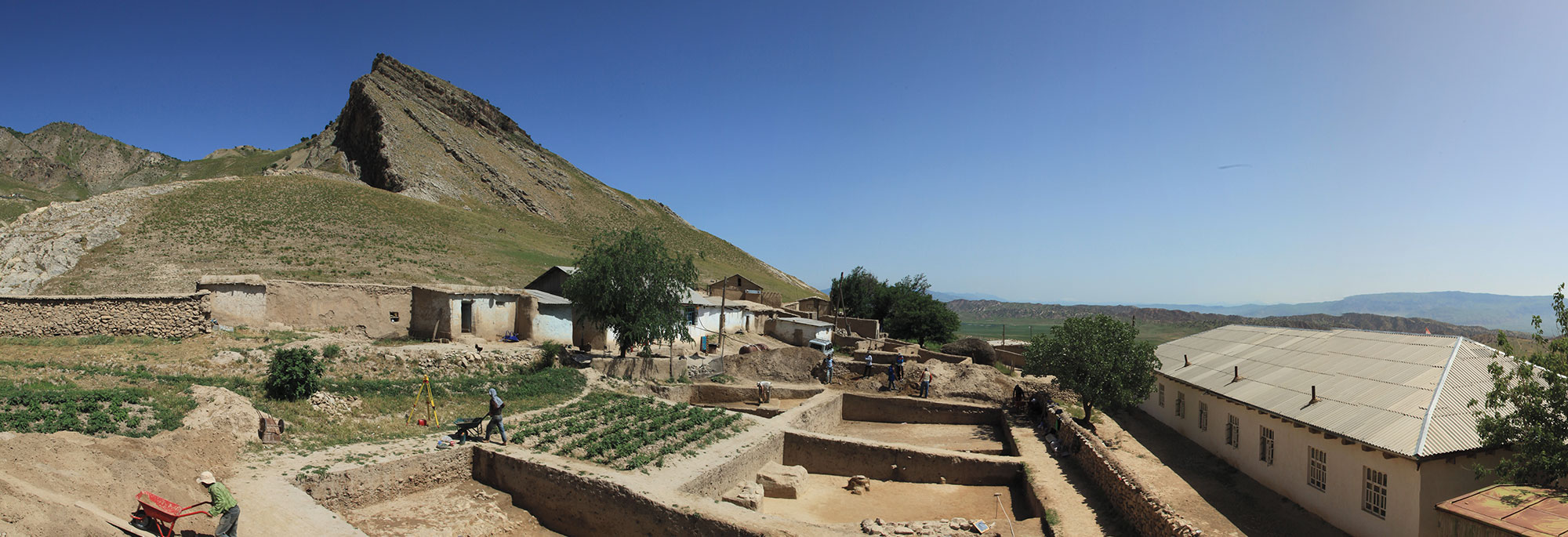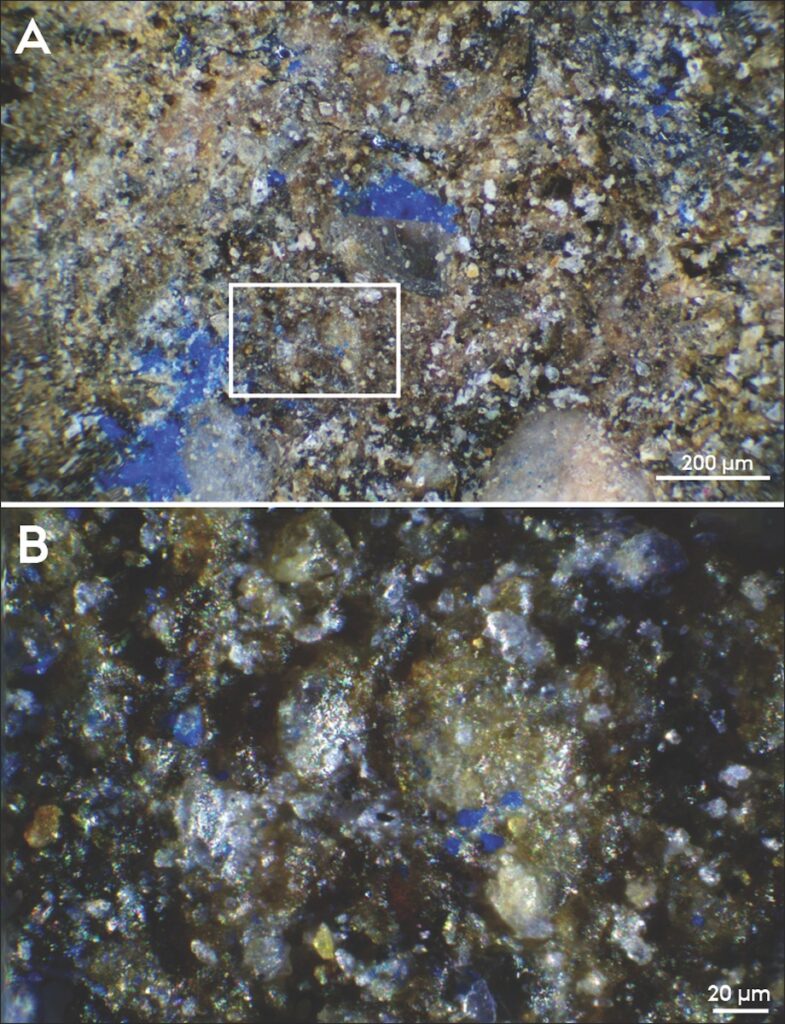
AARHUS, DENMARK—Researchers have discovered the earliest known traces of blue pigment on a 13,000-year-old stone artifact recovered from the site of Mühlheim-Dietesheim in central Germany, ARTnews reports. Using a suite of analytical methods, the team, led by archaeologist Izzy Wisher of Aarhus University, identified the residue as the mineral azurite, a pigment that had not previously been found in European Paleolithic artwork. Wisher and her colleagues suggest that the stone was likely used to grind the pigment or mix paint. Scholars had thought that artists of the period mainly employed black and red pigments, and have attributed the lack of blue hues to a dearth of naturally occurring blue minerals. “This challenges what we thought we knew about Paleolithic pigment use,” Wisher said. “The presence of azurite shows that Paleolithic people had a deep knowledge of mineral pigments and could access a much broader color palette than we previously thought—and they may have been selective in the way they used certain colors.” She posits that blue minerals may have been used for other activities that are largely invisible in the archaeological record, such as dyeing fabric or painting the body. Read the original scholarly article about this research in Antiquity. To read about rare ancient painting methods observed in a Spanish cave, go to "Paleo Palette."


